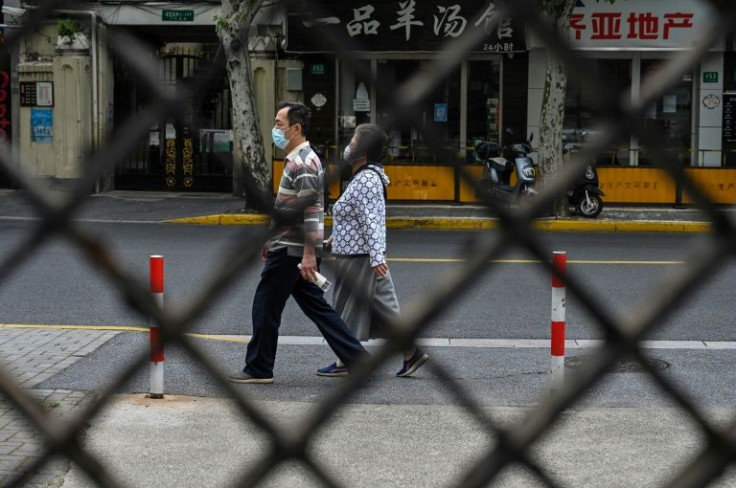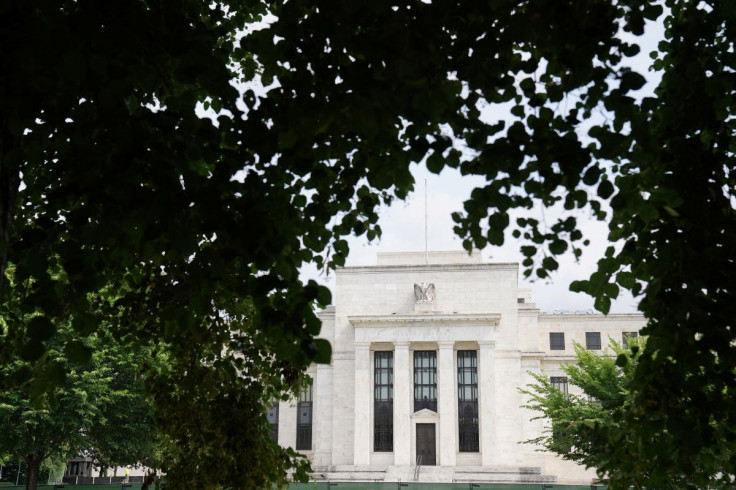What Is Stagflation And Can The Fed Stop It Without Triggering A Recession?
Inflation has been the force bedeviling the United States economy for the better part of a year. Amidst rising fears of an oncoming recession, there is fear that the U.S. will encounter a force it hasn’t seen since its last major bout with inflation; stagflation.
Stagflation is defined as a combination of low economic growth combined with high inflation. In a stagflationary environment, individuals, households and firms continue to see rising prices for goods and services while outputs for each continue to lag.
Unlike a recession where economic output declines, a stagflationary economy is still growing but at a choked pace that can persist for years as was the case for the U.S. economy four decades ago.
It is not a new phenomenon for the United States or other countries around the world. Indeed, the last time stagflation was commonly used was in the 1970s and early 1980s, a period that coincided with the last time serious inflation gripped the U.S. economy.
Though it remains uncertain whether the U.S. has entered into a new period of stagflation, the fear is ripe that it may be around the corner.
Inflation currently stands at 8.6% in the most reading of the Consumer Price Index, the highest level recorded since 1982. Prices for producers also stand at over 10%, largely a result of supply disruptions around the world in the wake of the COVID-19 pandemic. At the same time, energy prices have been soaring after the pandemic and amidst Russia’s war in Ukraine that began in February.
There are certainly parallels between the present and the past situations that fuel fears further. A report by the World Bank on June 7 noted how both periods include supply shocks, overly accomodative monetary policy, and an expansion in fiscal spending that all contributed low growth and high inflation.

As inflation continues to surge, there is a sharper focus on addressing it from the White House and the Federal Reserve. President Joe Biden has vowed to prioritize reducing inflation by taking some action to bring down energy prices and unsnarl supply chains.
For the Fed’s part, it has been taking a more hawkish stance towards reducing the accomodative monetary policy it adopted to keep demand steady during the pandemic. Since March, the Fed has raised interest rates from progressively higher three times with the most recent hike on June 15. This most recent increase was the largest taken by the central bank since 1994.
However, there are limits to how far any of these efforts may go towards warding off stagflation without inducing a recession as widely feared.
For example, Fed chairman Jerome Powell has noted repeatedly that there are a number of factors driving up inflation that are outside his control, notably the war in Ukraine and COVID-related lockdowns in China. After Wednesday’s rate hike, Powell warned that these factors would continue to "play a very significant role" in deciding what more can be done to tame inflation.
At the same time, the Fed is also left with the inglorious task of achieving a “soft landing” where inflation comes down without triggering a recession. Business leaders have expressed pessimism that a recession can be avoided despite their relative confidence in the Fed.
Though Powell was clear that it was not the Fed's goal to induce a recession, an unfortunate reality may be that a recession is among the only known ways to tackle stagflation.
“The only known remedy for stagflation is a recession,” Wilcox, a senior economist at the Peterson Institute for International Economics told the Washington Post.
“The Fed would have to cause unemployment to go up; it would have to cause a recession to convince the public it is serious about the 2% [inflation] objective, and that they need to reset their expectations, their wage demands, their pricing behavior so it is consistent with that 2 percent.”
Dan North, a senior economist at Allianz Trade North America, said that there remain positive indicators that stagflation is not a certainty. He noted that the labor market remains strong, consumers still hold an excess of savings and the yield curve on Treasury bonds remains positive, all signs for growth.
Despite this, North warns that a decline in consumer confidence coupled with surging inflation, commodity prices and the Fed’s recent hawkishness do combine to make a dangerous cocktail that can lead to stagflation.
"While we doubt the economy will become completely [stagnant] in 2022, clearly there are now significant risks to growth in 2023," North wrote in an email to International Business Times. "The stagflation scenario now cannot be dismissed."

© Copyright IBTimes 2025. All rights reserved.





















